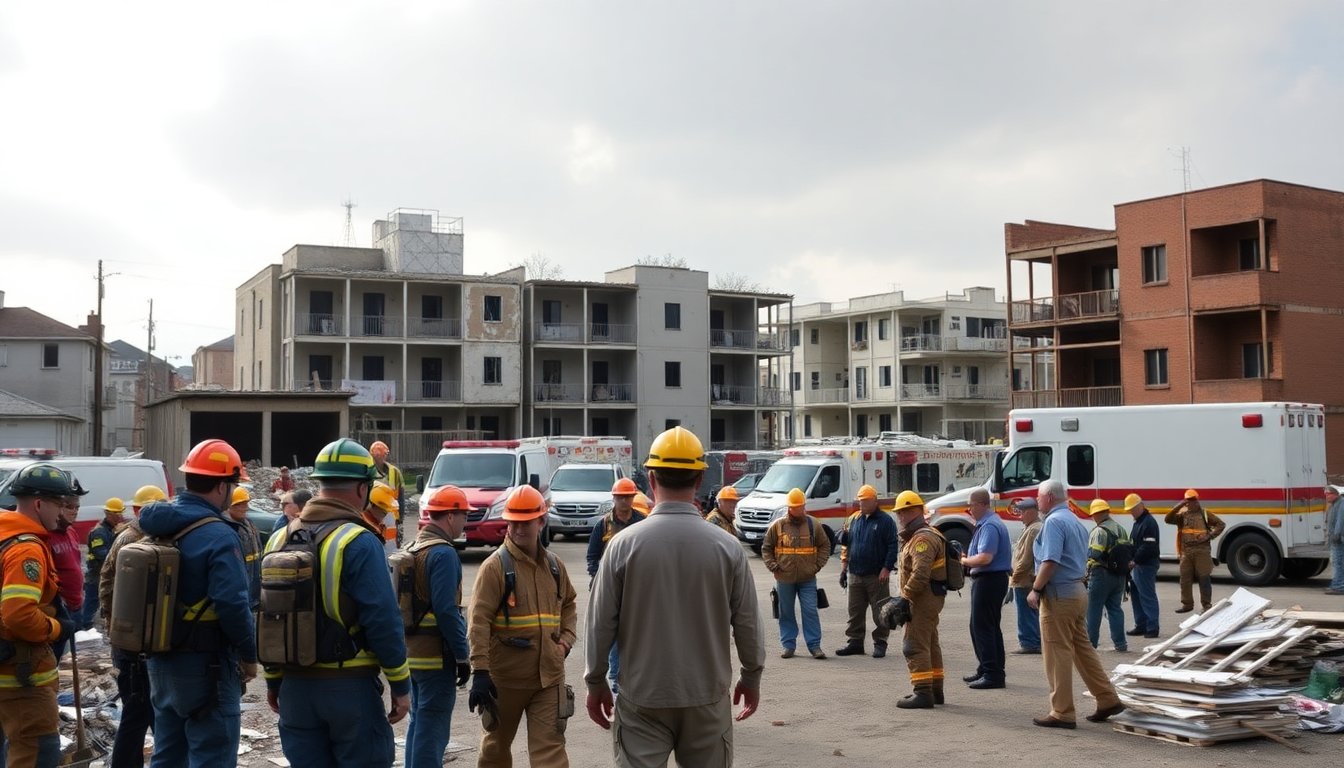Table of Contents
Disaster management in the United States has significantly evolved since Hurricane Katrina struck in 2005. The catastrophic effects of the hurricane exposed vulnerabilities within federal agencies, particularly FEMA, and highlighted the need for comprehensive reforms. Nearly two decades later, discussions surrounding emergency preparedness continue to evolve, driven by lessons learned from past failures and successes.
The impact of Hurricane Katrina
When Hurricane Katrina devastated the Gulf Coast, it marked a pivotal moment for emergency management. The response from FEMA faced heavy criticism for being disorganized, illustrating the consequences of inadequate preparation and leadership. Over 1,800 lives were lost, revealing a stark reality: local and state governments often become overwhelmed during large-scale disasters. Fran Townsend, former Homeland Security Advisor, emphasized the federal government’s critical role in disaster response.
In the wake of Katrina, significant reforms were initiated to enhance FEMA’s capabilities and improve coordination among federal, state, and local agencies. These reforms included recruiting experienced leaders, investing in resilient infrastructure, and establishing stronger building codes, all aimed at ensuring communities could better withstand future disasters.
The challenges of the Trump administration
However, recent years have seen a regression in these hard-won advancements. The Trump administration’s approach to disaster management has raised concerns among emergency preparedness experts. Proposals to eliminate FEMA and the subsequent reduction in staff have prompted questions about the agency’s capacity to effectively respond to disasters.
Additionally, the cancellation of critical infrastructure programs aimed at strengthening community defenses against natural disasters reflects a troubling trend. The reallocation of FEMA resources and the imposition of bureaucratic hurdles have complicated timely responses during emergencies. The tragic loss of life during the Kerrville floods in Texas serves as a stark reminder of the potential consequences of these policy shifts.
The way forward: Lessons learned and future considerations
As the nation marks the 20th anniversary of Hurricane Katrina, it is essential to reflect on the lessons learned. Effective disaster response hinges on preparation, coordination, and clear communication among federal, state, and local agencies. Strong federal support is critical, especially in the face of increasingly severe weather events linked to climate change.
Moving forward, prioritizing investment in disaster preparedness is imperative. Agencies like FEMA must be equipped to manage the complexities of modern emergency response. This includes maintaining a robust federal infrastructure while fostering collaboration with state and local governments to enhance overall resilience.
In conclusion, while the challenges of disaster management are profound, a commitment to learning from past experiences can pave the way for a more effective and responsive system. As we confront the realities of a changing climate and the increasing frequency of natural disasters, it is vital to uphold the fundamental lessons learned from Hurricane Katrina.


